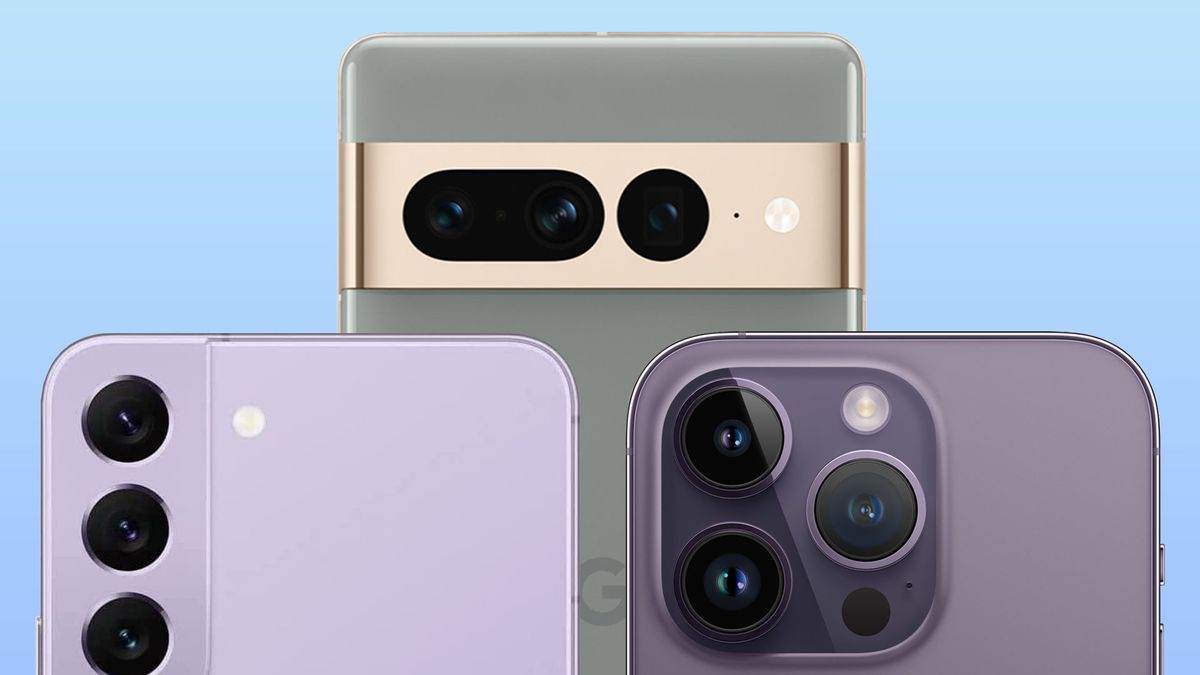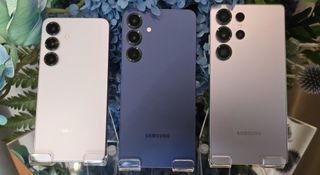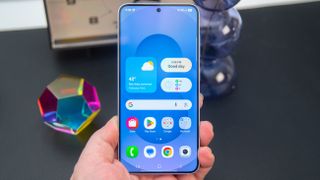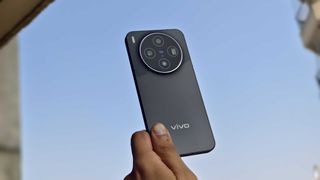Phones

Smartphones are the most personal devices we own, keeping us connected at all times and acting as the heart of our tech lives. We may not spend much time actually speaking on them these days, but we use a phone for virtually everything else.
Smartphones today typically fall into one of two categories: iPhone or Android. iPhones are the most popular smartphones overall and offer entry into the much coveted Apple exosystem, where they can be paired with Apple Watches, iPads, and MacBooks for greater inter-device connectivity.
Android phones, meanwhile, are more numerous combined and often offer higher specs than iPhones on measures such as charging speed and camera quality, while offering integration with a wider variety of devices including Chromebooks and Windows laptops. They also tend to be cheaper.
Our industry-leading phones coverage serves up news, reviews, features and tutorials covering all kinds of devices, from the best smartphones overall to more budget offerings and all points in-between.
Explore Phones
-
Acer Phones
-
Android
-
Asus Phones
-
BlackBerry Phones
-
Google Pixel Phones
-
HTC Phones
-
Honor Phones
-
Huawei Phones
-
LG Phones
-
Microsoft Lumia
-
Motorola Phones
-
Network Providers
-
News about Phones
-
Nokia Phones
-
Nothing Phones
-
OnePlus Phones
-
Oppo Phones
-
Phone Accessories
-
Phone Buying Guides
-
Phone Deals
-
Phone How Tos
-
Phone Reviews
-
Realme Phones
-
Samsung Galaxy Phones
-
Sony Xperia Phones
-
Windows Phone
-
Xiaomi Phones
-
ZTE Phones
-
iOS
-
iPhone
Latest about Phones

Will the Samsung Galaxy S25’s price drop when the S26 launches?
By James Rogerson published
The Samsung Galaxy S26 series is likely almost here, which could mean price drops for the Galaxy S25 line, but will that happen? And how much by?

New rumors point to a launch date and pricing for the Samsung Galaxy S26
By David Nield published
While the Galaxy S26 phones might be launching later in the year, it sounds as though they won't cost any more.

I'm a phones expert, and these are my 5 tech resolutions for 2026 – from taking better photos to playing more Fortnite
By Jamie Richards published
In my quest for self-improvement, I’ve discovered that I need more Victory Royales – here are my 5 smartphone resolutions for 2026.

Check out leaked photos and videos of Samsung Galaxy S26 dummy units
By David Nield published
We've got some fresh leaks around the Galaxy S26 handsets, which are expected around February time.

Smartphone AI, like Siri and Gemini, has a credibility crisis
By Philip Berne published
Today's AI features are rife with problems, but agentic AI is inevitable, so let's get rid of the worst AI problems now while we train the future.

OnePlus has revealed more about the Turbo 6 and Turbo 6V gaming phones
By David Nield published
After a new phone with a focus on gaming? OnePlus has a couple of handsets that you might be interested in.

This iPhone 17 rival proves non-Pro phones don't have to compromise on cameras and battery life
By Prakhar Khanna published
The Vivo X300 proves that compact and lightweight phones can deliver a true flagship package.

I'm glad I found this 'secret' sleep timer for iPhones and iPads
By Amy Davies published
Some iOS and iPadOS apps like Netflix don't have built-in sleep timers, but fortunately this lesser-known feature lets you create your own.
Sign up for breaking news, reviews, opinion, top tech deals, and more.

